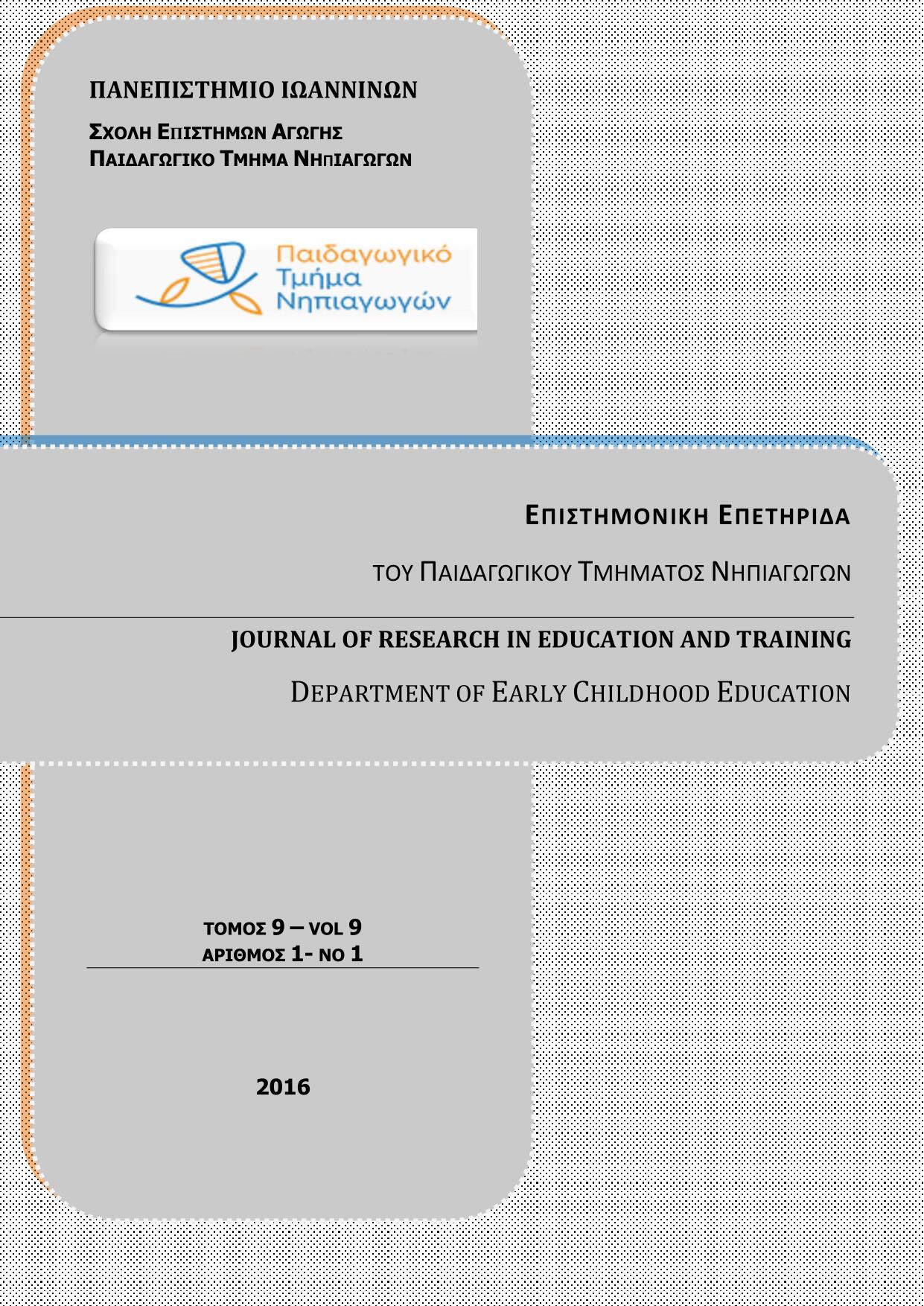Learning Renewable Energy by Scratch Programming

Abstract
Scratch is a simple, media-rich programming language that has been developed to support self-directed learning through exploration, tinkering and collaboration with peers. It is being used more and more from teachers and students as a tool for building scientific models and evaluating students’ behavior in schools. Students, while sharing interactive projects, develop skills in areas such as acquisition and development of concepts, problem solving abilities, creative thinking, working collaboratively and all of that in a playful spirit. In this paper, we present Scratch as a useful tool for teaching renewable energy issues, mainly between the ages of 11 and 16, in order students to develop an effective understanding through interactive sustainability projects and to cultivate awareness and attitudes towards energy sustainability with new media. We also present how students can work on renewable energy and its types and control the experiments about solar and wind energy using Scratch. The key design goal of the project is to deep students’ understanding in the world of renewable energy and to help students in interacting with solar and wind energy experiments.
Article Details
- How to Cite
-
Balouktsis, I., & Kekeris, G. (2016). Learning Renewable Energy by Scratch Programming. Journal of Research in Education and Training, 9(1), 129–141. https://doi.org/10.12681/jret.8916
- Issue
- Vol. 9 No. 1 (2016)
- Section
- Articles

This work is licensed under a Creative Commons Attribution-NonCommercial-ShareAlike 4.0 International License.
Authors who publish with this journal agree to the following terms:
- Authors retain copyright and grant the journal right of first publication with the work simultaneously licensed under a Creative Commons Attribution Non-Commercial License that allows others to share the work with an acknowledgement of the work's authorship and initial publication in this journal.
- Authors are able to enter into separate, additional contractual arrangements for the non-exclusive distribution of the journal's published version of the work (e.g. post it to an institutional repository or publish it in a book), with an acknowledgement of its initial publication in this journal.
- Authors are permitted and encouraged to post their work online (preferably in institutional repositories or on their website) prior to and during the submission process, as it can lead to productive exchanges, as well as earlier and greater citation of published work (See The Effect of Open Access).


